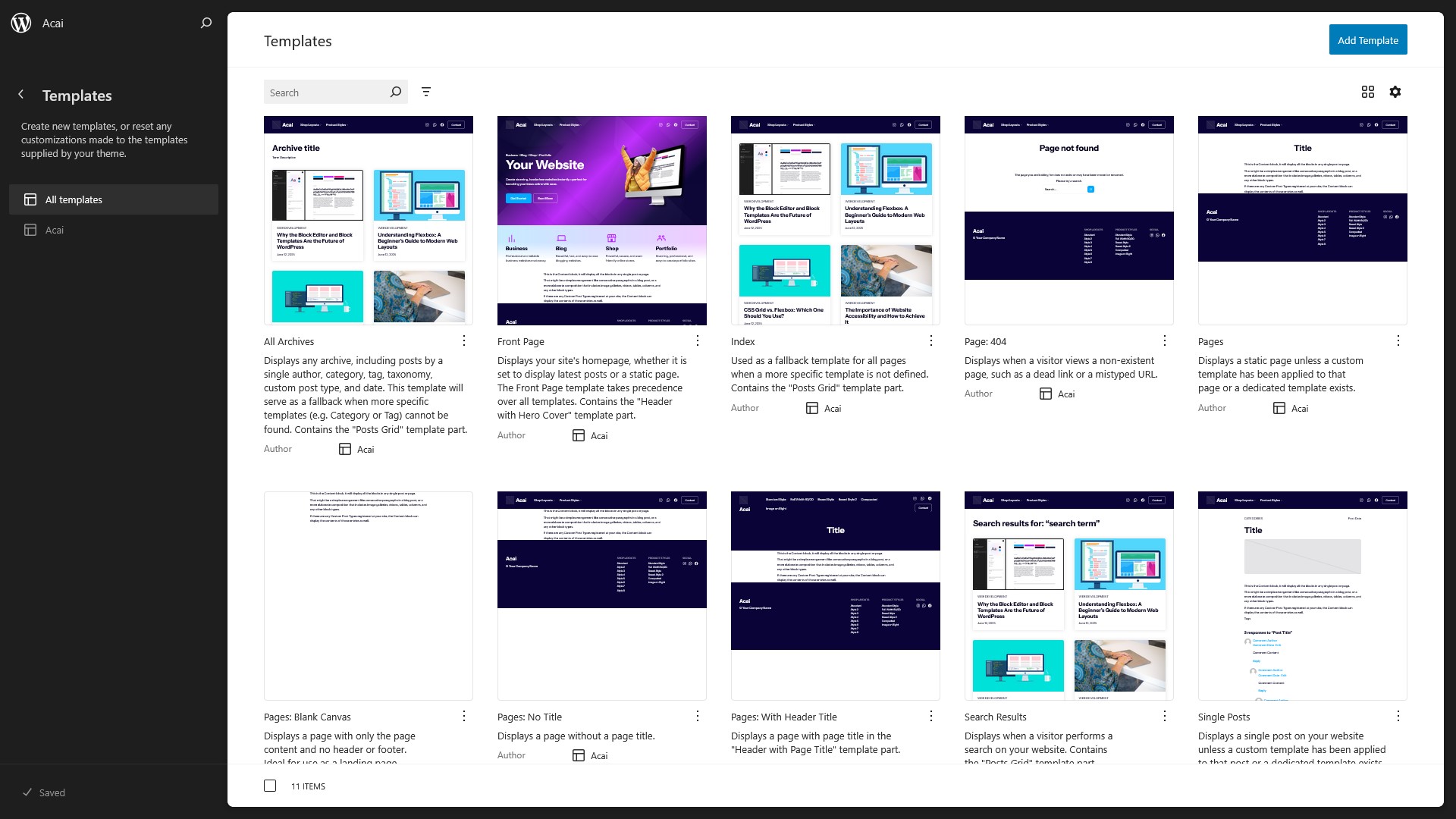Your cart is currently empty!
WordPress has long been the platform of choice for creating websites, thanks to its flexibility, large ecosystem, and strong community. But the introduction of the block editor, also known as Gutenberg, marked a major shift. Now, with block templates and full site editing gaining traction, WordPress is evolving into a more powerful and intuitive platform for everyone.
From Classic Editor to Visual Editing
The classic WordPress editor was simple and efficient for writing content. But when it came to layout and design, it had serious limitations. Creating complex layouts required shortcodes, widgets, or third-party page builders.
The block editor changed that. It treats every element on the page as a block, whether it’s a paragraph, image, heading, or button. This modular system makes it easy to build rich, flexible layouts directly in the editor without writing code. It gives users full control over content and design, all within a visual interface.
The Power of Block Templates
Block templates are pre-designed layouts built entirely from blocks. Instead of using PHP templates to control layout, developers can now use block-based markup that integrates directly with the editor. This simplifies theme development and makes it easier for users to customize layouts without touching code.
Block templates also ensure design consistency across a site. Combined with block patterns, they allow site owners to build pages quickly while maintaining a unified style and structure.
Full Site Editing Brings It All Together
Full site editing (FSE) extends the block editor to the entire website, including headers, footers, sidebars, and more. You no longer need to switch between different parts of the admin area or edit theme files manually. Everything can be managed in one place using the Site Editor.
This creates a smoother experience for both beginners and experienced users. You can now design and manage your whole site visually, with full control over layout, typography, and colors.
Why This Approach Matters
- Greater control for users: Design websites without needing a developer or separate page builder.
- Faster and easier development: Themes and templates can be created and edited directly in the editor.
- Consistent design system: Global styles and reusable patterns keep your site looking polished and professional.
- Better performance and accessibility: The block editor is built with best practices in mind, helping your site load faster and reach more users.
Looking Ahead
The block editor and block templates are not just new features. They represent the future of how websites are built with WordPress. As this ecosystem continues to grow and mature, traditional theme structures and workflows will gradually be replaced by more visual, streamlined tools.
WordPress has always adapted to meet the needs of its users. With blocks at its core, it is well positioned for the next generation of web creation.
